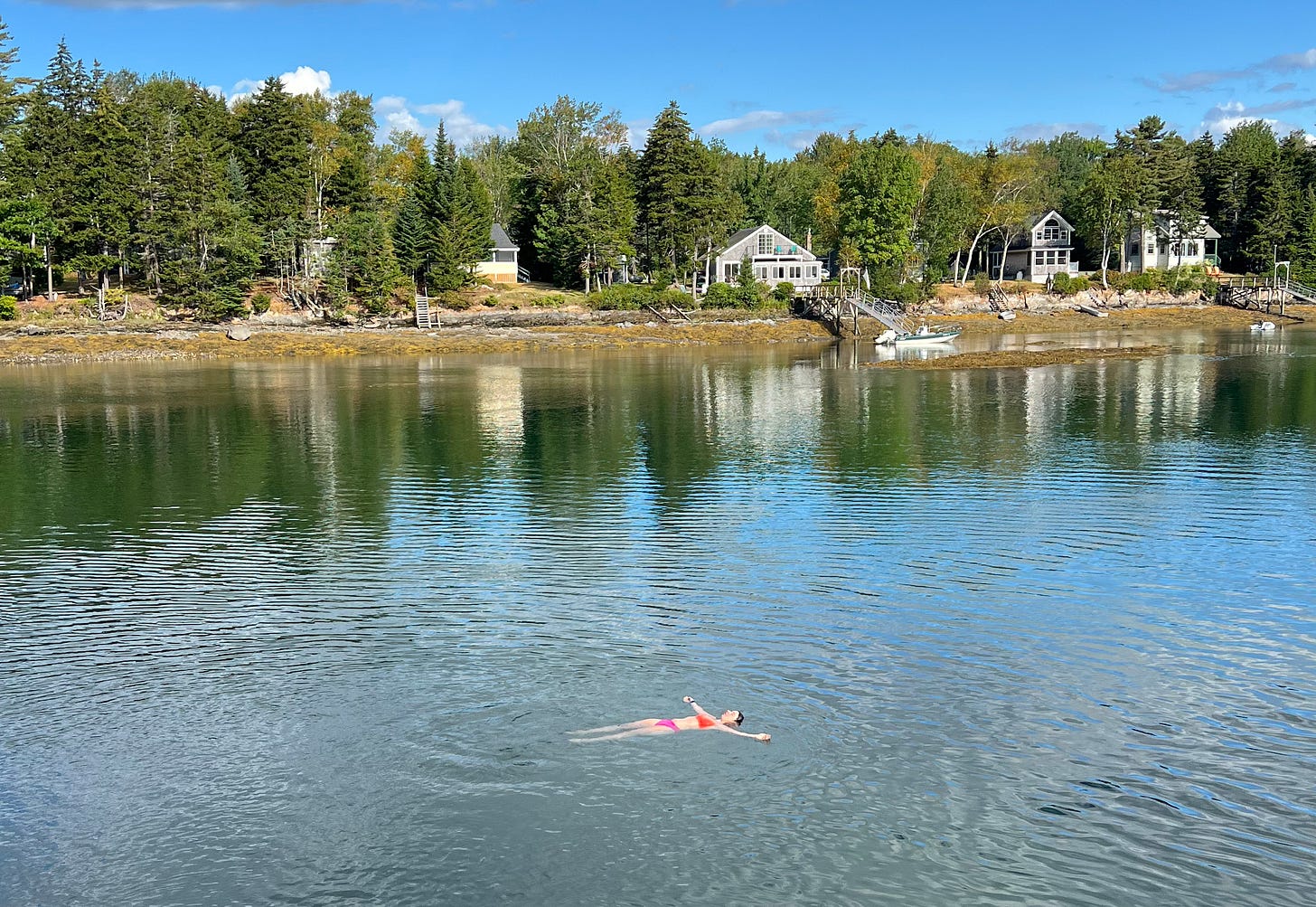The Day My Nervous System Finally Broke Open
How, after 20 years of failed therapies, how I finally came home to myself.
Before we get started: All of this would be hard to imagine if we weren’t actually living through it, but every week — every single week — the lived reality of this country grows more hateful, severe and downright terrifying. I, of course, don’t need to tell you. All I know is that even though I don’t know how to show up thoughtfully right …
Keep reading with a 7-day free trial
Subscribe to the healing lab to keep reading this post and get 7 days of free access to the full post archives.



